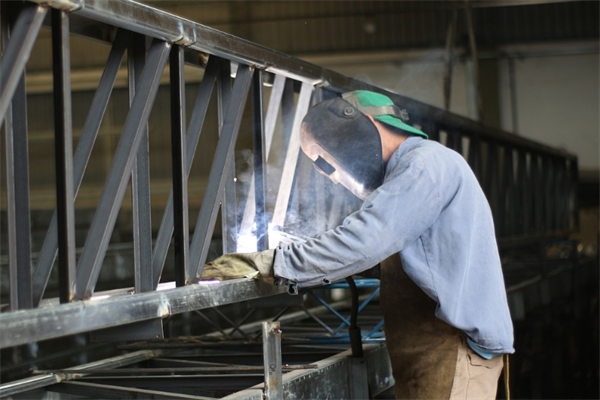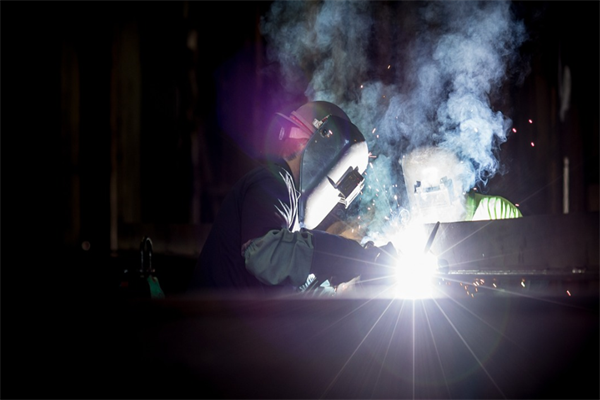Welding appearance quality inspection must be carried out in accordance with the design specifications of the welded structure, or in accordance with the contract, through the welding inspection in order to ensure that the production is carried out properly to determine the conformity of the welded product. Welds can generally be divided into flat welds, fillet welds, single-sided welds, single-sided welding and double-sided molding welds. According to the weld itself in the form of different cross-section, the weld can also be divided into butt welds and fillet welds.

Classification of welds
Butt weld: the butt weld is not welded through the butt weld force is very small, there is a serious stress concentration, welded through the butt weld is referred to as a butt weld.
Angle weld: connecting plate plate edge does not have to be finished, no gaps in the plate, weld metal directly filled in the two weldments formed at right angles or oblique angles of the region.
Conducting a weld appearance inspection can guide welders and welding inspectors to ensure the quality of the weld throughout the job and project.

Weld appearance inspection items
Bite Edge: Due to improper selection of welding parameters or incorrect operation process, the base material part of the weld toe produces grooves or depressions.
Porosity on the weld surface: When welding, the air bubbles in the molten pool are not removed during solidification resulting in residual residue, forming cavities, which are called porosity.
Failure to fuse: When fusion welding, between the weld channel and the wood (weld channel to weld channel), the part of the weld that has not completed the fusion bonding, and when spot welding, the part of the weld that has not completed the fusion bonding between the base material and the base material.
Unwelded: A phenomenon in which the root of the joint is not completely melted when welding.
Crack: in the welding stress and other embrittlement factors together, the welded joint in the local area of the metal atoms bonded away from the destruction and the formation of a new weld, in general, with a sharp gap and a large aspect ratio of the characteristics.
Unwelded: this is the case generally due to insufficient filler metal, the formation of continuous or intermittent grooves on the surface of the weld.
Weld Tumor: In the welding process, the molten metal flows to the base metal that is not melted outside the weld seam, resulting in the formation of a metal tumor.
Burn-through: In the welding process, the molten metal flows out from the back of the bevel, forming a defect of perforation.